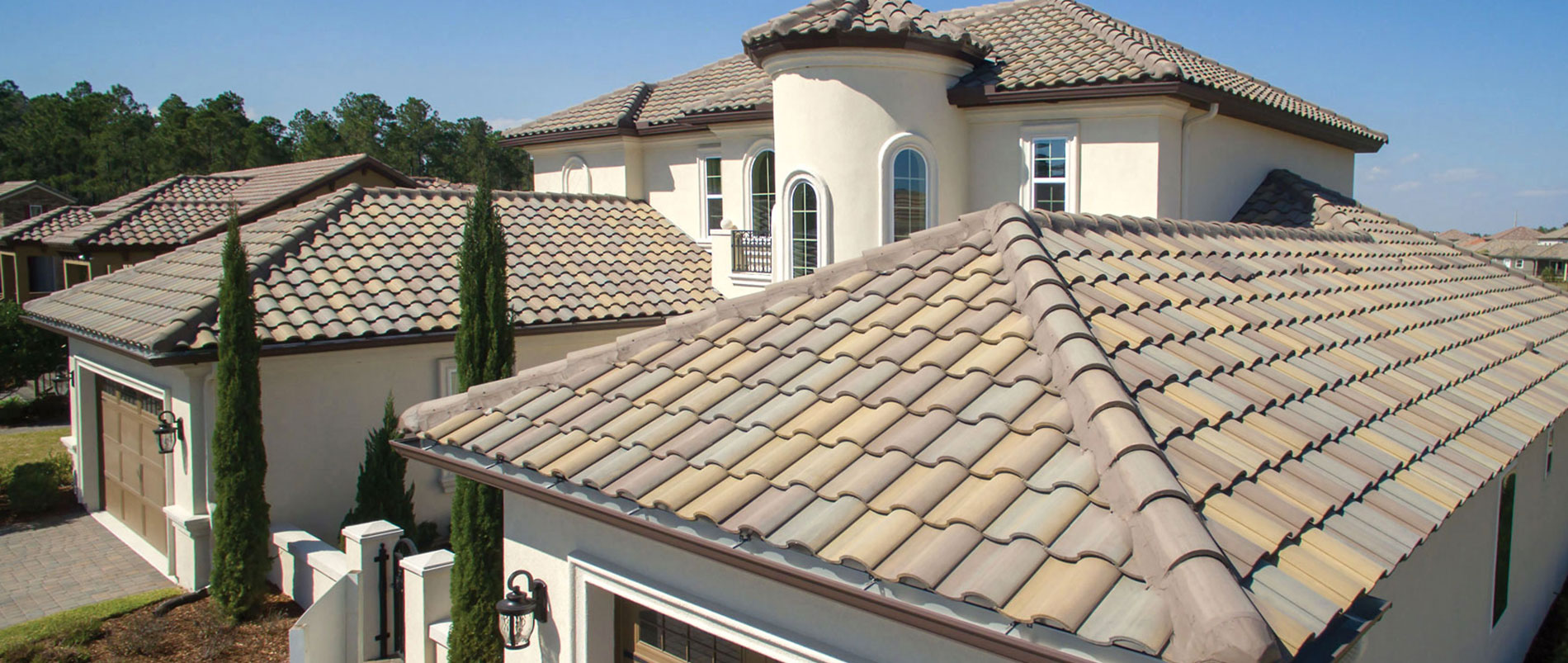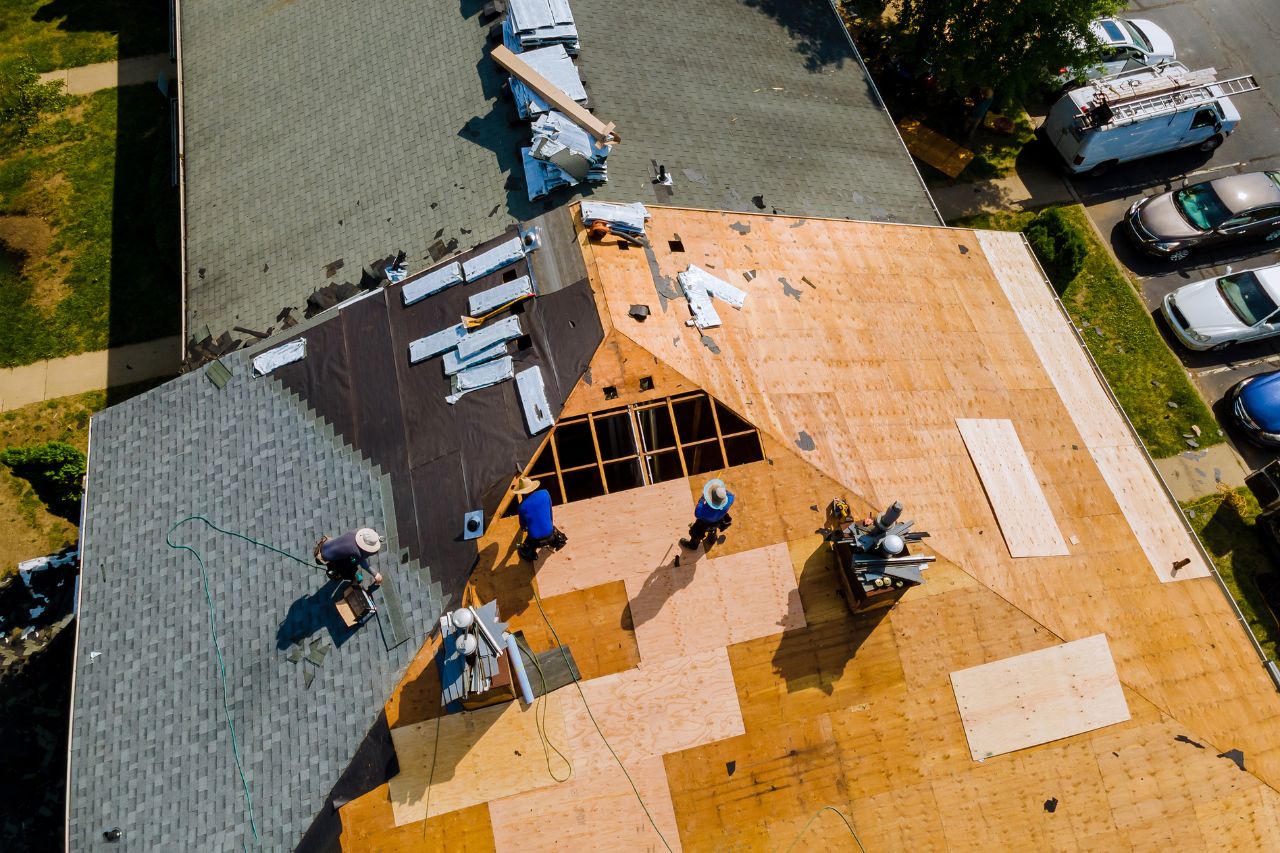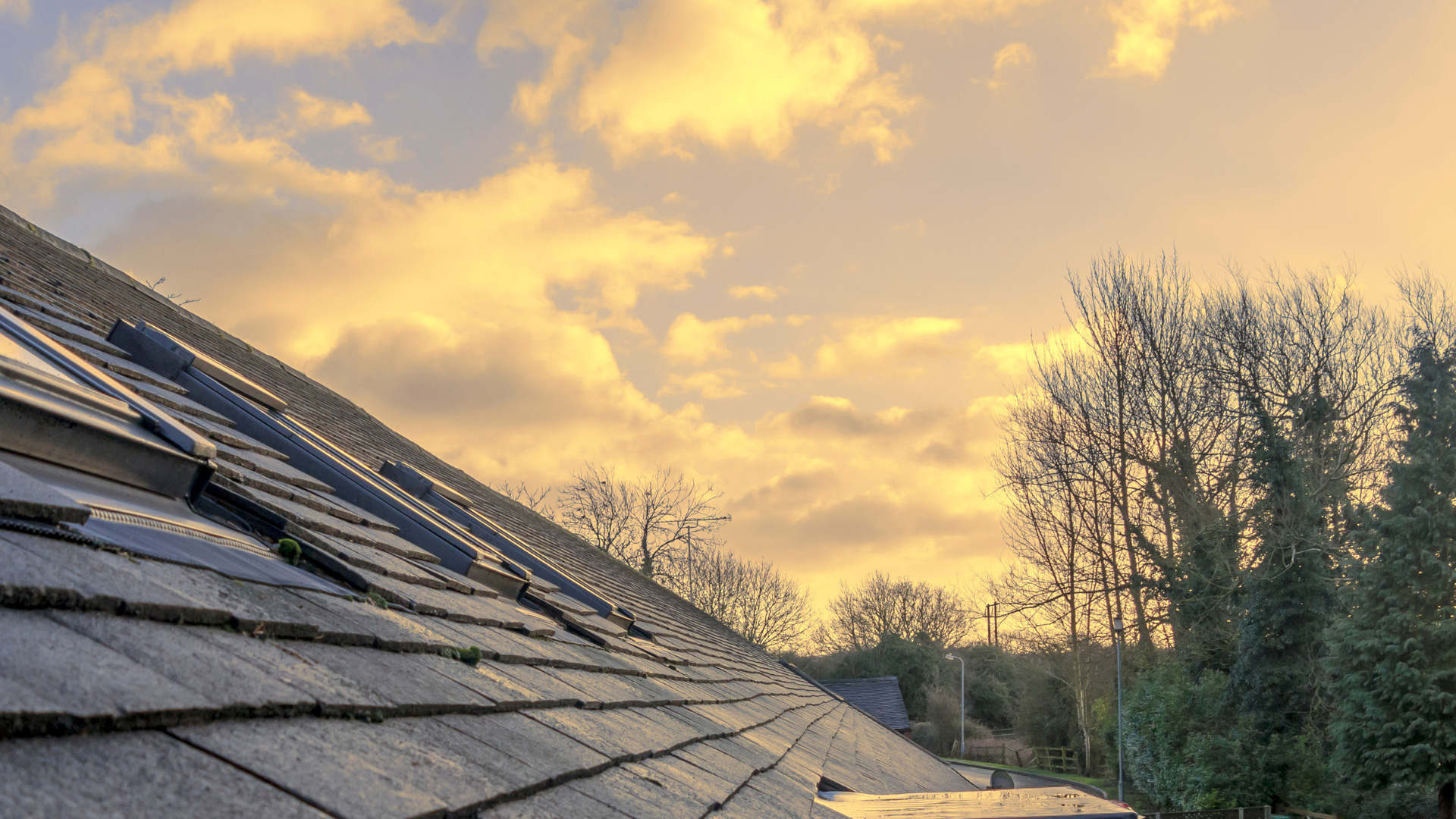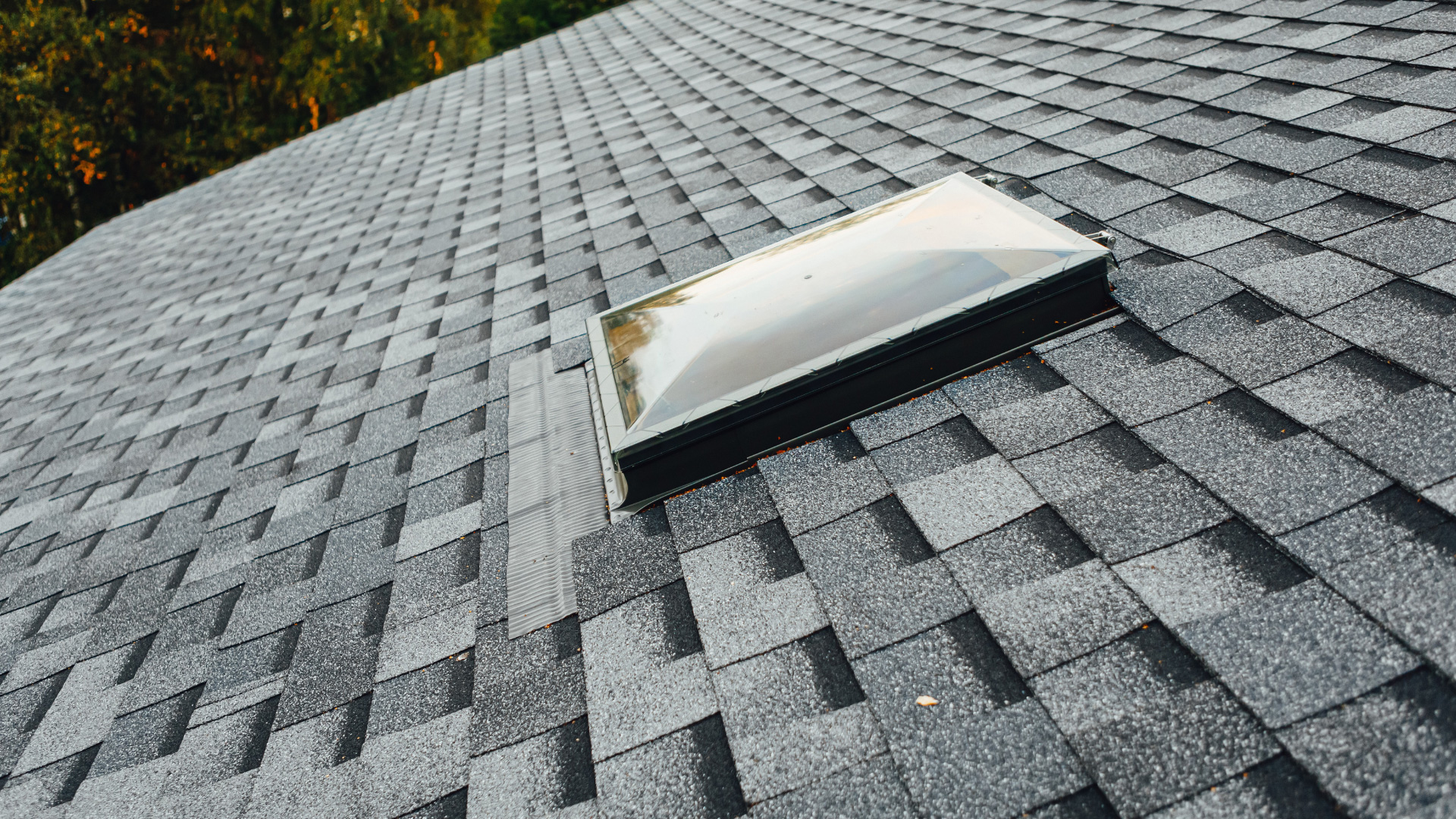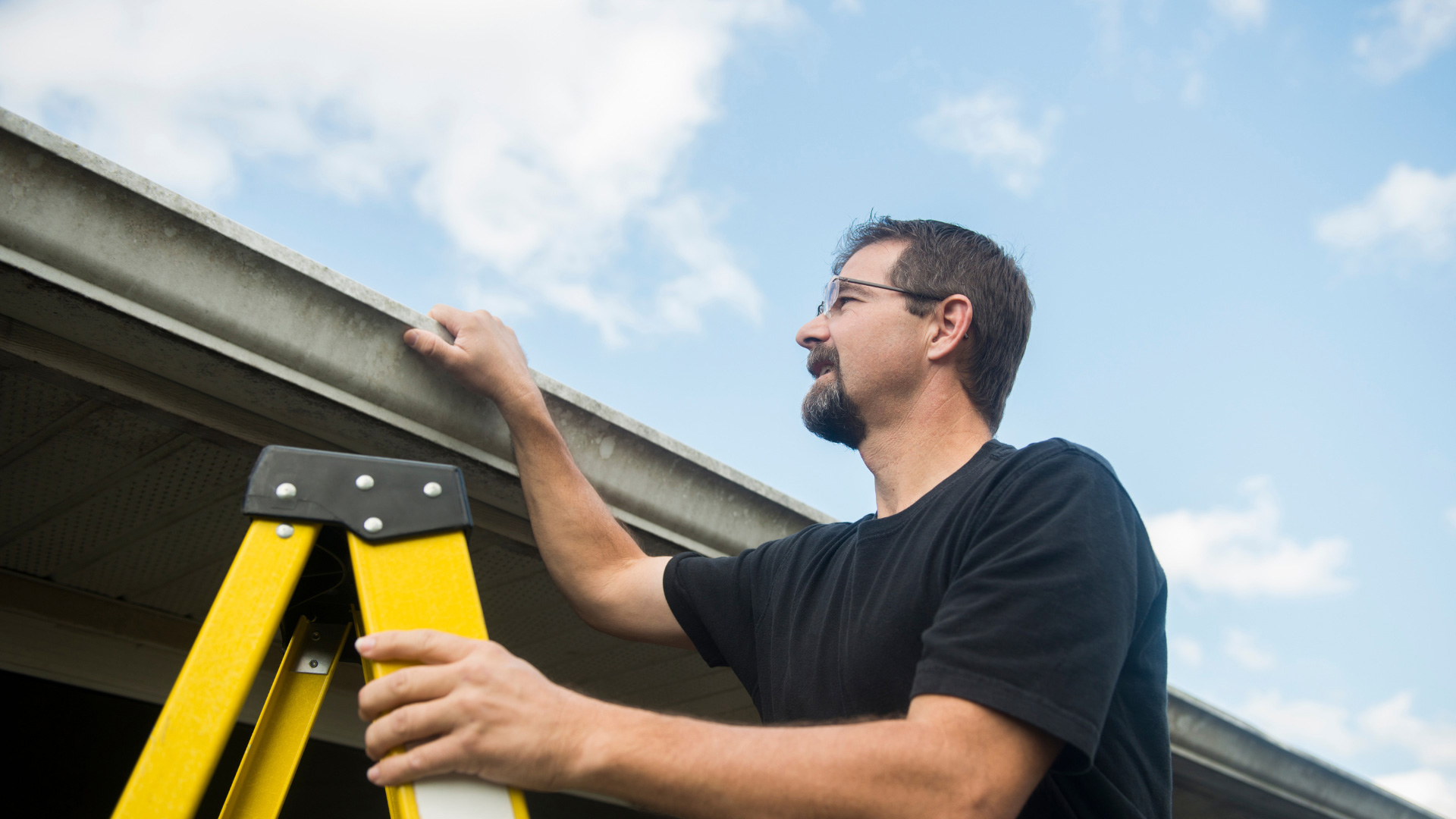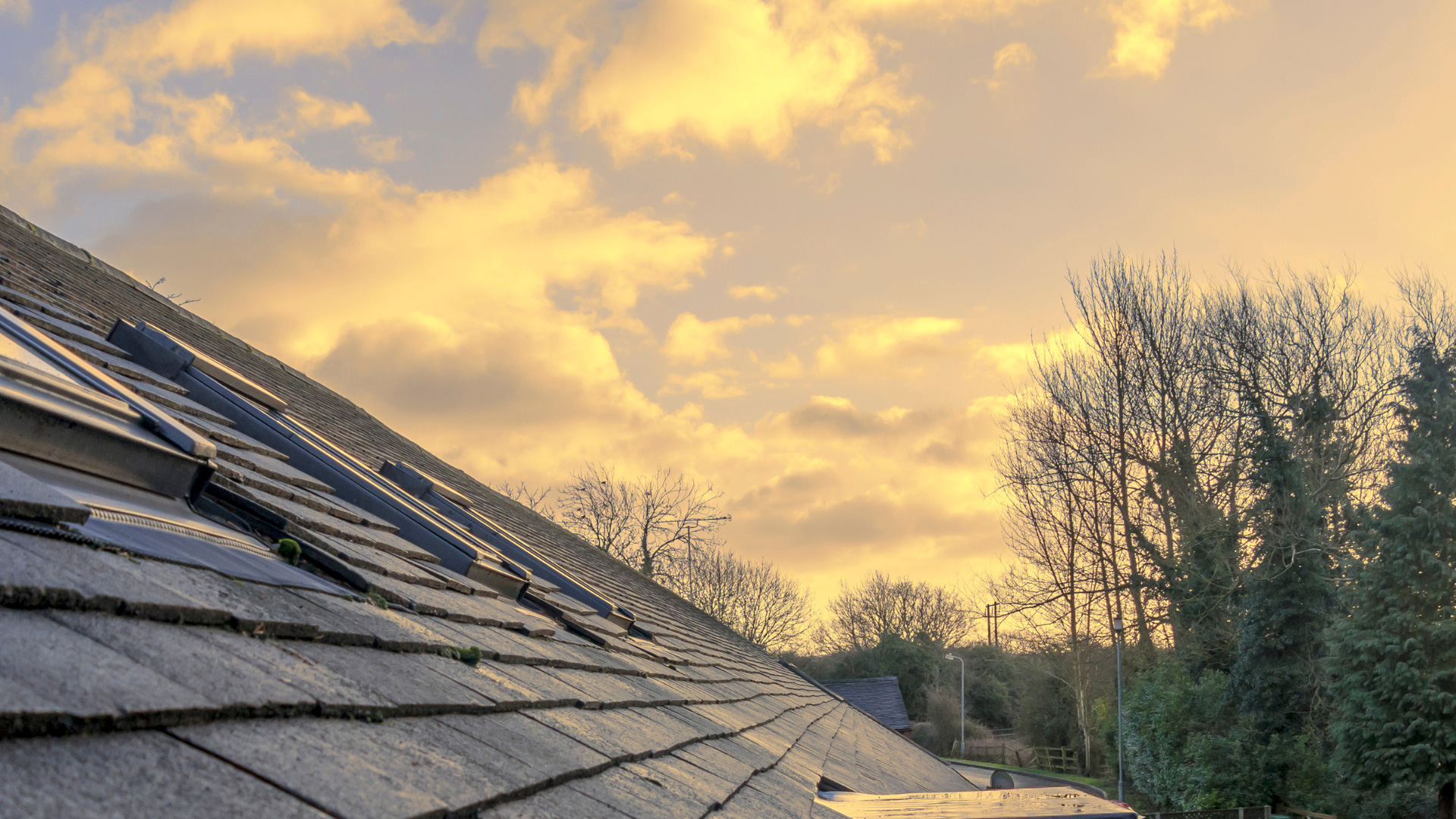If you are contemplating switching to solar energy with home solar panels, one of the first things you will want to do is thoroughly evaluate your roof’s condition. If you have severe roof damage, a roof replacement is inevitable. But what if only part of your roof is damaged? In this case, you might want to consider a partial roof replacement.
However, before you dive right into getting a partial roof replacement, there are some important things you’ll want to know. Read on to learn the factors that should guide your ultimate choice.
Thinking of Replacing Half Your Roof?
While opting for partial roof replacement is often perceived as the least costly option, it’s essential to consider the potential drawbacks, particularly in the long term. If your roofing concerns involve replacing damaged shingles covering less than half of your current roof, a targeted, small-scale replacement could enhance your home’s condition. But why do most reputable roofing contractors disapprove of the idea of half-roof replacement? Here are four of the most common reasons why:
1. Less aesthetically pleasing
Opting to replace only half of your roof is less visually pleasing than a full replacement. This can be a downside if you value your home’s appearance or plan to sell it later. Only replacing half of your roof would result in reduced curb appeal and a lower asking price than the more cohesive look and value a complete roof replacement offers.
2. Uneven life span
When you only replace part of your roof, the new section can last up to 25 years or more while the rest of the roof is still much older. This creates uneven aging and can lead to a cycle of repairs. Differently aged roof sections may also complicate damage assessment and repairs.
3. Costs more in the long run
The labor expenses alone for half-roof replacement can bite. Your per-square-foot expense might eventually surpass what you’d spend with a full roof replacement from the get-go. Opting for a complete roof replacement upfront could not only save you future hassle but also save on cash.
4. No warranty protection
When you decide to replace only a portion of your roof, the warranty coverage isn’t as comprehensive. Full roof replacement ensures a solid warranty shield and minimizes headaches. In contrast, partial replacement might offer more limited coverage, leaving you with a smaller security net.
If you’re considering solar energy and want to ensure your roof’s durability, finding a solar provider that offers licensed roofing services is vital. During the site inspection by the solar consultant, they must check your roof’s quality before suggesting a solar array.
A simple yet necessary question to ask potential solar installers is: Is my roof suitable for solar in its current state? This question forms the basis of your conversation, helping the right provider provide you with the necessary answers and guidance.
A Roofing Contractor You Can Count On
Whether you’re preparing for rooftop solar or your roof is simply in need of replacement, our consultants at Roofing Optimum can help you decide whether a full or partial roof replacement is best for you.
Our team is certified by renowned roofing manufacturers such as GAF and CertainTeed, so you can trust that your new roof will protect your home hassle-free for years to come. Contact us to kickstart your roof replacement and get a free quote.

